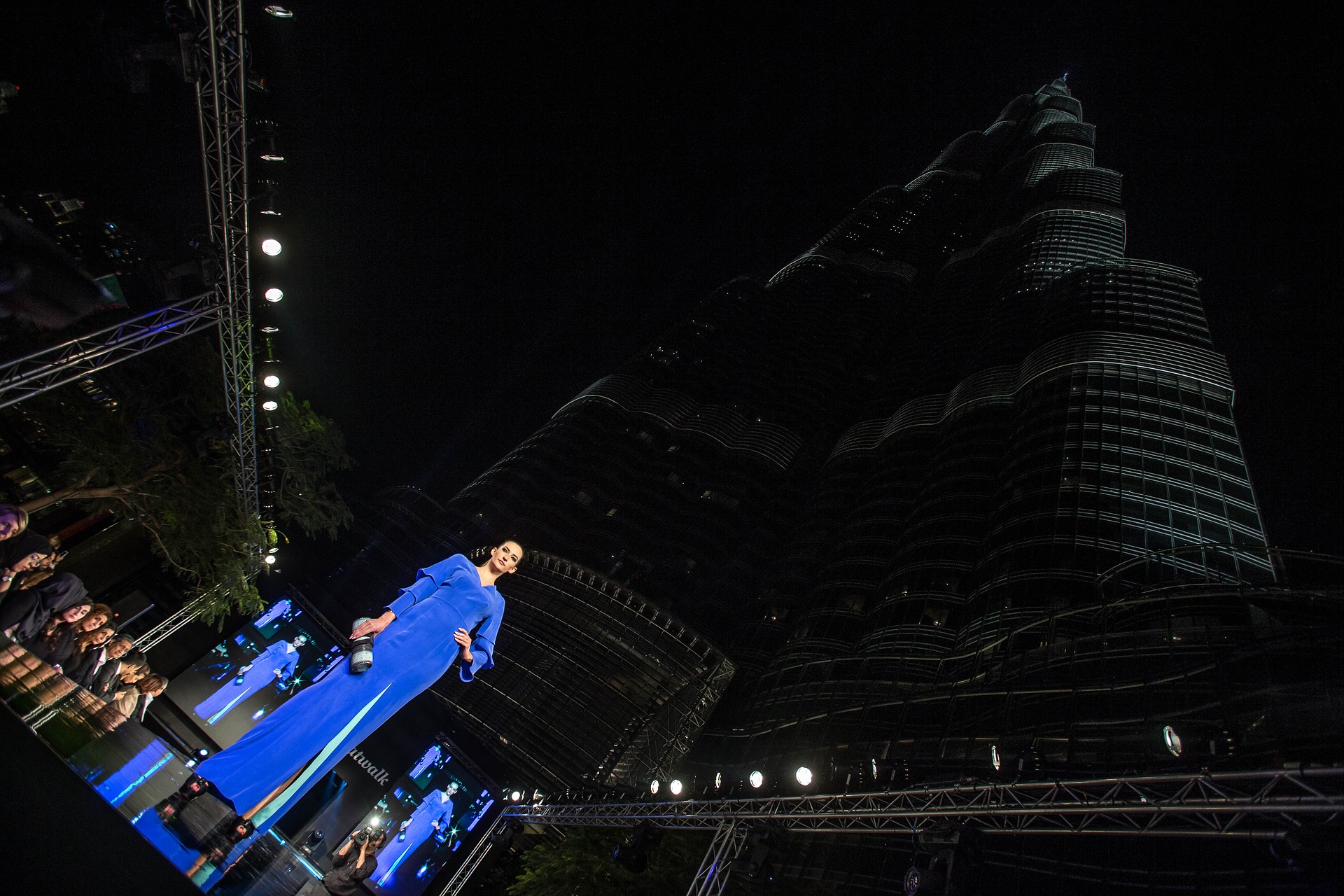Role of the Fashion Industry in UN’s Sustainable Development Goals
Author: Karen Newman and Cara Smyth | Published: October 23, 2017
Fashion is not a sector that exists in a vacuum. In fact, the fashion industry is not unlike any other key economic drivers; it is a key component of a global economy and certainly an important sector to consider when thinking about the UN’s 17 Sustainable Development Goals (SDGs).
Most remarkably, a new exhibit in New York at Museum of Modern Art (MOMA) explores just this. Curated by Paola Antonelli and Michelle Millar Fisher, Items: Is Fashion Modern? examines the impact that items of clothing and accessories have had on the world today, including what were considered revolutionary items including, the “Little black dress” and Levi’s 501 jeans.
But beyond the exploration of how such mainstream items like the sari and white t-shirt have shaped culture and influenced consumers, the exhibit features another important offering: providing a large-scale illustration depicting Glasgow Caledonian’s Fair Fashion Center and a process called the Quantum Redesign of Fashion.
The art form which takes up three large walls in the Museum may very well be the first of its kind to link to the work of the United Nations; in this case using the momentum of the new 2030 Agenda, to demonstrate the larger context of the complex apparel industry and how it informs the global marketplace.
The 2030 Agenda was adopted two years by more than 193 member states at the United Nations and were painstakingly negotiated to be universally applicable and integrate economic, social and environmental dimensions as part of 17 goals and 169 targets, which are also known as the Global Goals or SDGs.
Why Fashion?
So, what do the goals mean for an industry like fashion? If you consider that the fashion industry is one of the largest employers in the world, especially of women, with some estimates that women make up roughly 80% of the supply chain, it makes sense that fashion and apparel are involved in not only sustainability discussion– but development- where the sector is a powerful driver of job creation.
And not for nothing, fashion is a $2.5 trillion-dollar industry and considered a top user of natural resources and polluter of the communities in which it operates. It’s not surprising then that fashion as an industry is now having a moment, especially in the sustainability dialogue.

